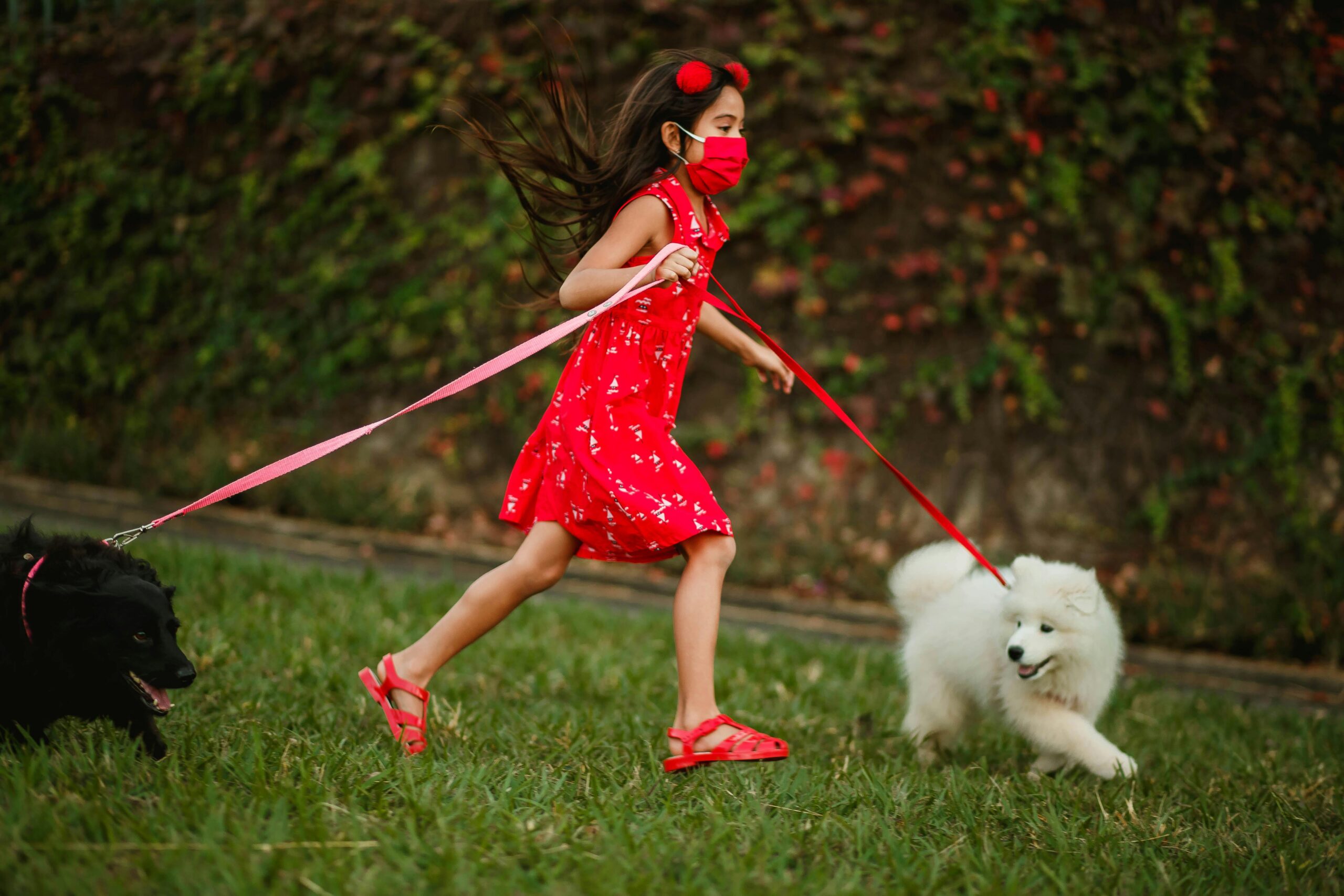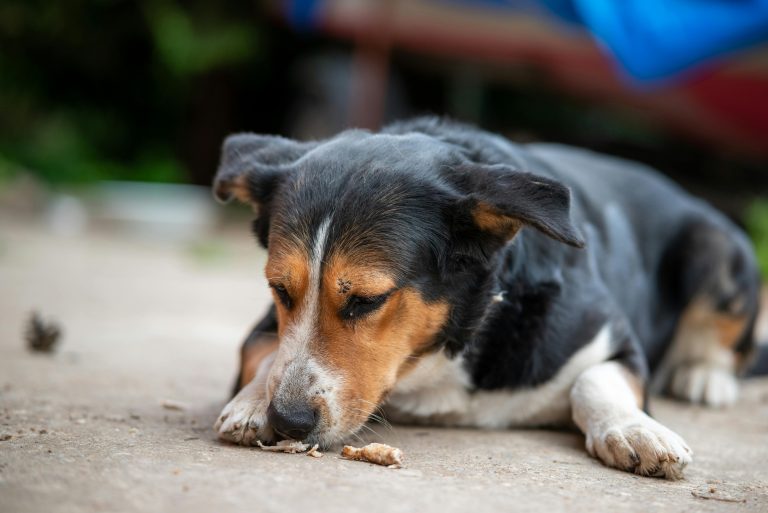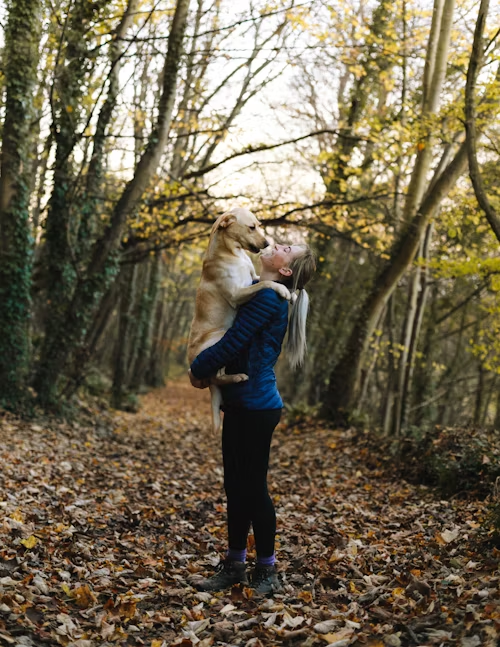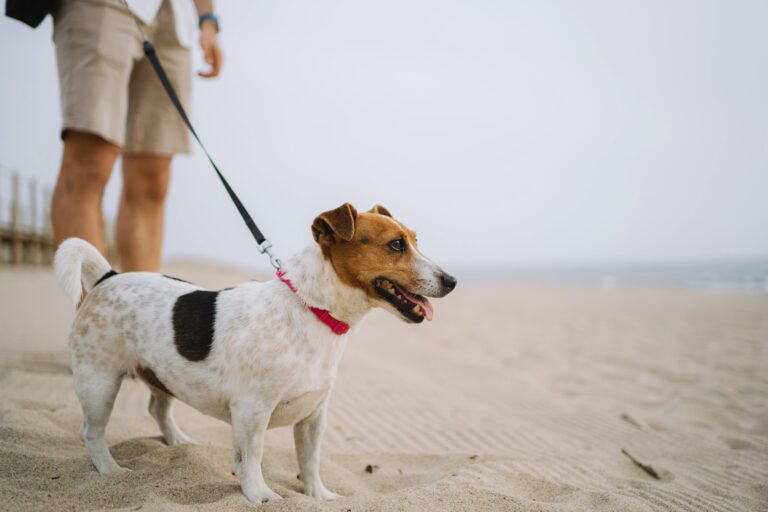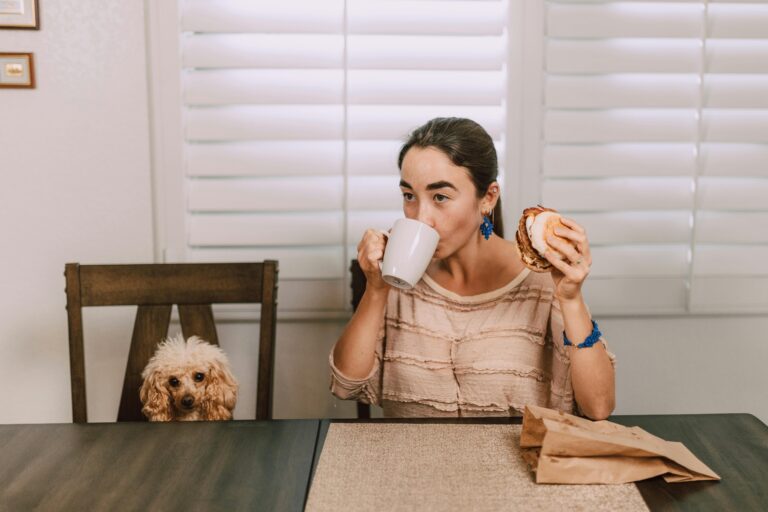Training Tips for Families With Kids and Dogs
When families include both children and dogs, the home can feel like a joyful whirlwind of laughter, energy, and play. But without proper structure, that same environment can quickly turn into chaos. As professional dog trainers, we often see how miscommunication between kids and dogs leads to unwanted behaviors, stress, or even safety concerns.
The good news? With clear training protocols and a little teamwork, your kids and your dog can become the best of buddies. Whether you’ve just welcomed a new puppy or you’re trying to tame an unruly adult dog, here’s how to set your household up for success.

Start With Boundaries, Not Just Playtime
It’s easy for kids to treat a dog like a living stuffed animal, but dogs need structure to thrive. Before any child-dog bonding begins, lay down a few non-negotiable rules:
- Dogs should not be bothered when eating, sleeping, or chewing a toy.
- Kids must ask an adult before initiating play or giving commands.
- No roughhousing, chasing, or tugging on ears or tails.
These guidelines don’t limit fun. They prevent accidents and create mutual respect. It’s part of what we emphasize during our Basic Obedience Training Program, where families learn how to give clear, consistent commands that dogs and kids alike can follow.
Teach Your Dog to Handle Distractions
Kids bring a lot of movement, noise, and unpredictability into a dog’s life. That means training your dog to stay calm amid distractions is crucial.
At Off Leash K9 Training Pittsburgh, we focus on real-world skills like impulse control and leash manners around children. One helpful technique is to start practicing commands like “Place” or “Down” while your kids are playing nearby. Gradually increase the level of distraction while reinforcing calm behavior.
For deeper strategies on this topic, check out our post on Backyard Safety for Dogs: BBQs, Kids, and Distractions. It offers practical steps for keeping your pup steady and safe during energetic family moments.
Make Kids Part of the Training Routine
Involving your children in dog training helps reinforce consistency, responsibility, and leadership. Start with age-appropriate roles:
- Ages 3 to 5: Can help fill the food bowl or toss a toy on command
- Ages 6 to 9: Can give simple commands like “Sit” or “Shake” under supervision
- Ages 10 and up: Can participate in leash walking, feeding routines, and daily training sessions
Make sure your kids use the exact same commands and hand signals you do. Dogs thrive on consistency, and mixed messages from different family members can confuse them.
Build a Calm Energy Together
Kids tend to excite dogs, which is great for bonding, but not so great when you’re trying to teach calm behavior. If your dog jumps, barks, or mouths too much during play, it’s time to reset the tone.
Encourage your children to engage in structured activities that keep excitement in check:
- Hide-and-seek with treats or toys
- Practicing obedience commands before play begins
- Reading out loud next to the dog during “settle time”
These interactions help your dog learn that calm behavior leads to good things.
Be Proactive About Problem Behaviors
One of the most common complaints we hear from families is, “My dog keeps jumping on my kids.” This often comes from excitement, but it can quickly escalate if not corrected.
Start with consistent redirection. Reward four paws on the ground and calmly remove attention when jumping happens. You can read more in our full guide on How to Stop Your Dog from Jumping on People, which includes step-by-step troubleshooting.
If your dog shows signs of growling, snapping, or guarding resources around kids, contact a professional trainer immediately. Early intervention is critical in preventing these behaviors from becoming dangerous.
Set Up Safe Spaces for Everyone
Just like your kids need downtime, your dog does too. Create a designated “dog zone” in your home. This could be a crate, dog bed, or quiet room where your pup can retreat when overstimulated.
Teach your children to respect that space by keeping out of it unless invited. Likewise, supervise when your dog is near your child’s toys or belongings. This two-way respect helps prevent conflict and builds mutual trust.
Consider Professional Help for Long-Term Harmony
While it’s possible to train your dog on your own, families often benefit from hands-on instruction. Our Basic & Advanced Obedience Program is designed to help every member of the household speak the same training language, kids included. We guide you through leash manners, place command, recall, and more, all while working in real-world distractions.
For added enrichment, many families also explore games like puzzle feeders or dog-friendly escape rooms to mentally challenge their pups. Our Master Guide to Dog Escape Rooms shows how even young handlers can participate in mental stimulation exercises that reinforce training.
Quick Tips for a Happy, Trained Household
Here’s a checklist to help you get started:
- Set rules for how and when kids interact with the dog
- Reinforce obedience training daily with short, fun sessions
- Involve your kids in feeding, commands, and playtime
- Use structured games to promote calmness and impulse control
- Redirect jumping or nipping behavior immediately and consistently
- Seek professional support when problems persist
Why Dog Training Is a Family Investment
When a dog is well-trained, the entire family benefits. There’s less yelling, fewer safety concerns, and more opportunities for joyful memories. Investing in training doesn’t just change your dog. It transforms your home dynamic.
For those looking to build a solid foundation in obedience, explore our full Basic & Advanced Obedience Program. It’s one of the best ways to ensure your pup listens not just to you, but to every family member.
And for trusted safety guidelines around dogs and children, we recommend these dog bite prevention tips from HealthyChildren.org, published by the American Academy of Pediatrics.
Ready to create harmony between your dog and your family? Let’s talk. Our expert trainers in Pittsburgh are here to help you create a home where obedience, safety, and fun all come together. Reach out to us today through our contact page to schedule a free consultation.

